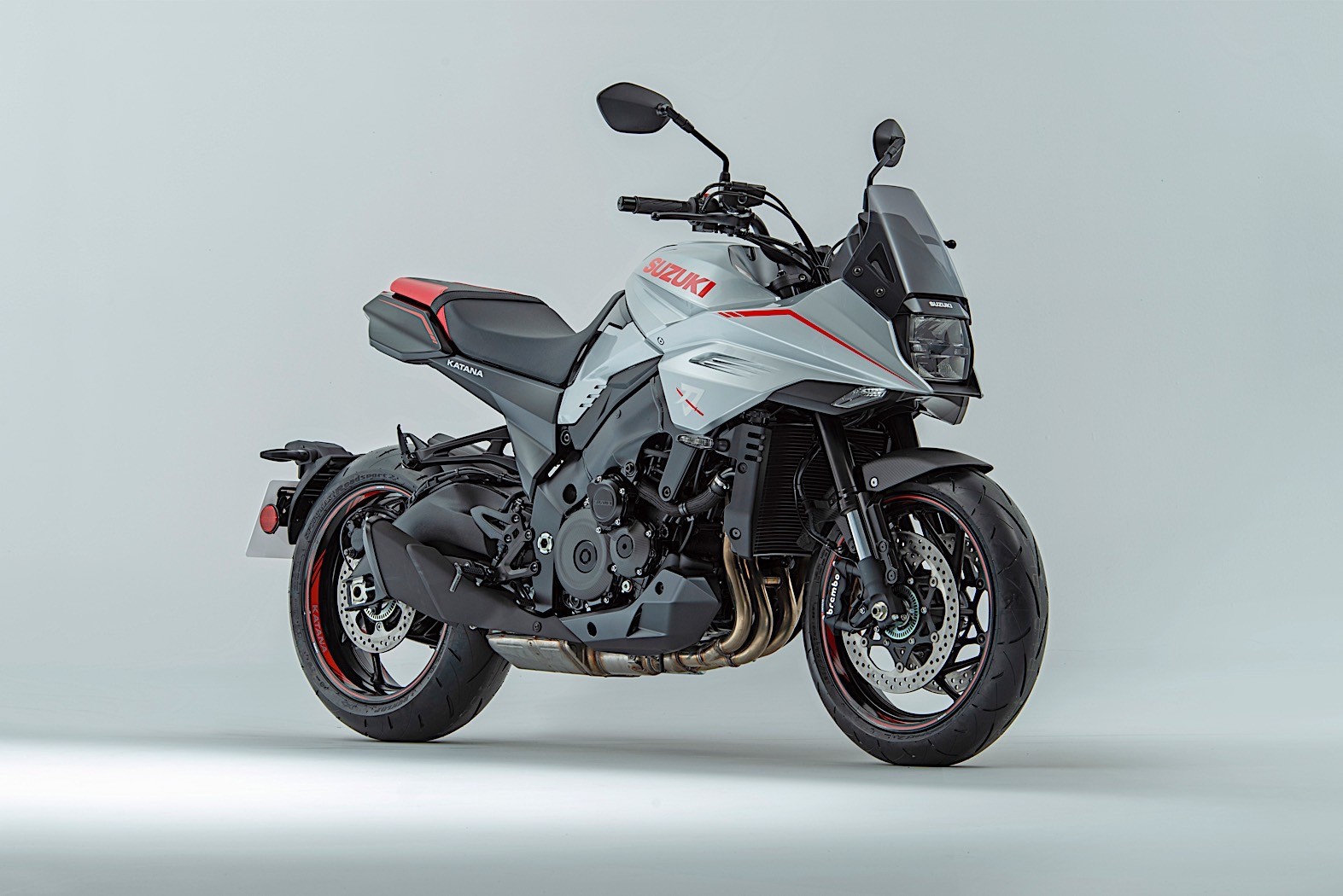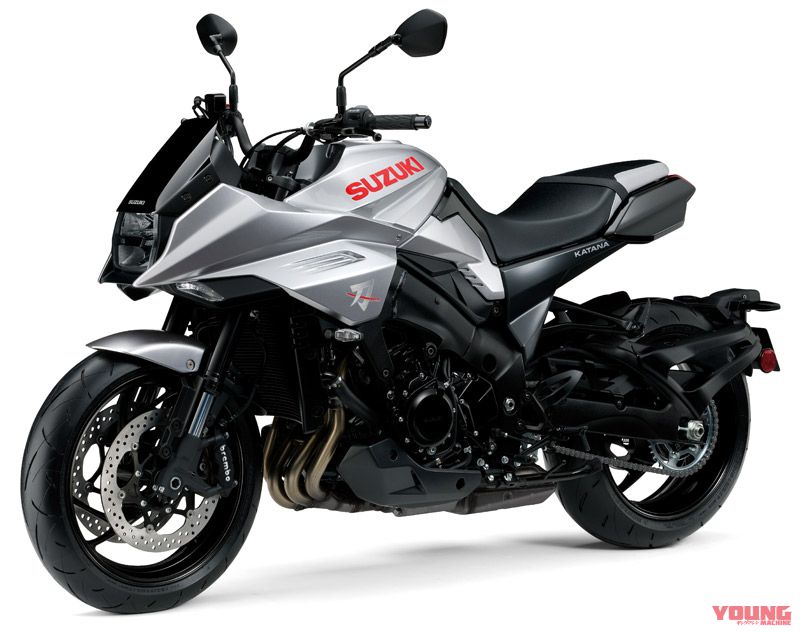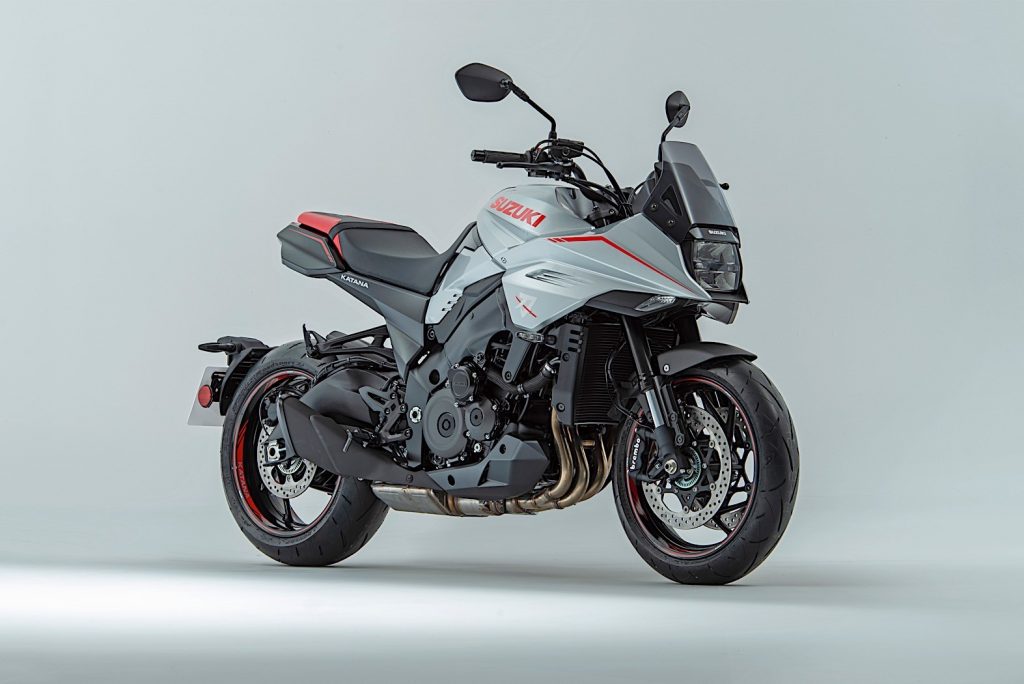
Suzuki’s entry in this contest is the new-for-2020 Katana, a modern interpretation of the iconic 1981 GSX1100S Katana, which revolutionized motorcycle design by treating the bike as a whole rather than a collection of parts. Rodolfo Franscoli’s redesigned Katana brings the distinctive elements of the original into the 21st century, though the fairing and flyscreen offer more style than wind protection. Read our First Ride Review of the Kawasaki Z900RS here. Derived from the Z900 streetfighter, the Kawasaki’s 948cc DOHC in-line four has revised cam profiles, lower compression, a heavier flywheel, a second gear-driven balancer and narrower exhaust headers for a mellower feel, and its stainless steel 4-into-1 exhaust has been tuned to deliver an old-school four-banger growl. Even the flat spokes of its cast wheels are designed to look like spoked wheels of yore. Round mirrors on long stalks, bullet-shaped analog gauges, a teardrop tank, a bench seat, a sculpted tail and gorgeous Candytone Green paint with yellow stripes are all inspired by the original Z1. Kawasaki’s Z900RS, on the other hand, is a spitting image of its forebear.
With the lowest seat height, lowest footpegs and most room for a rider, passenger and luggage (as well as a magnet-friendly steel tank), the Kawasaki is the natural choice for longer rides.Ī round headlight and an exposed engine are about the only styling traits shared by the “Neo-Sports Café” CB1000R and the CB750. Read our Road Test Review of the Honda CB1000R here. Like the others, the CB1000R’s standard equipment includes ABS and traction control, but it’s the only one here with throttle-by-wire and riding modes (Sport, Street, Rain and customizable User), which adjust throttle response, engine braking and traction control. Derived from the pre-2008 CBR1000RR sportbike, the CB’s 998cc engine has been tuned for low- to midrange power and its 6-speed transmission has an assist-and-slipper clutch.

Honda’s CB1000R, like its granddaddy, has a transverse in-line four, but it’s a more highly evolved one featuring liquid cooling and dual overhead cams with four valves per cylinder - a configuration shared by all three bikes in this comparison. (As much as we would have loved to include Yamaha for a proper battle of the Big Four, its contemporary XSR900 is powered by an in-line triple that colors too far outside the lines of the UJM formula.)Īdvertisement Like all three bikes in this comparison, the Honda has an upright seating position that puts no strain on the rider’s wrists, shoulders or back, but its footpegs are the highest. To see how well the formula holds up in the 21st century, we gathered examples from Honda, Kawasaki and Suzuki for a neo-retro comparo. Decades later, descendants of those progenitors carry their DNA into the modern era. Those UJMs, and the standards of performance and reliability they established, revolutionized the world of motorcycling. There is developing, after all, a kind of Universal Japanese Motorcycle…conceived in sameness, executed with precision, and produced by the thousands.” Similarities among these and other Japanese models of varying displacements led “Cycle” magazine, in its November 1976 test of the Kawasaki KZ650, to coin what became a widely used term: “In the hard world of commerce, achievers get imitated and the imitators get imitated. Kawasaki launched the mighty 903cc Z, Suzuki introduced the GS7 and, late to the party but the biggest reveler in the room, Yamaha brought out the XS11. Honda created the formula and other Japanese manufacturers followed it. It was an air-cooled four-stroke with a five-speed transmission, a front disc brake, an electric starter and an upright seating position.

Honda kicked it off in 1969 with its groundbreaking CB750, the first mass-produced motorcycle with a transverse in-line four-cylinder engine and an overhead camshaft. Remember UJMs? If you were a motorcyclist in the ’70s, or have a soft spot for bikes from that era, then you remember them well. And they all look good parked in front of Morro Rock. They have upright riding positions with minimal wind protection. They roll on 17-inch cast wheels with tubeless radials, and have standard ABS and traction control, adjustable suspension and radial-mount monoblock front calipers.

Their nearly 1,000cc engines are liquid-cooled, transverse in-line fours with DOHC and four valves per cylinder. Distinctive styling sets these modern-day UJMs apart from each other, but they’re very similar otherwise.


 0 kommentar(er)
0 kommentar(er)
